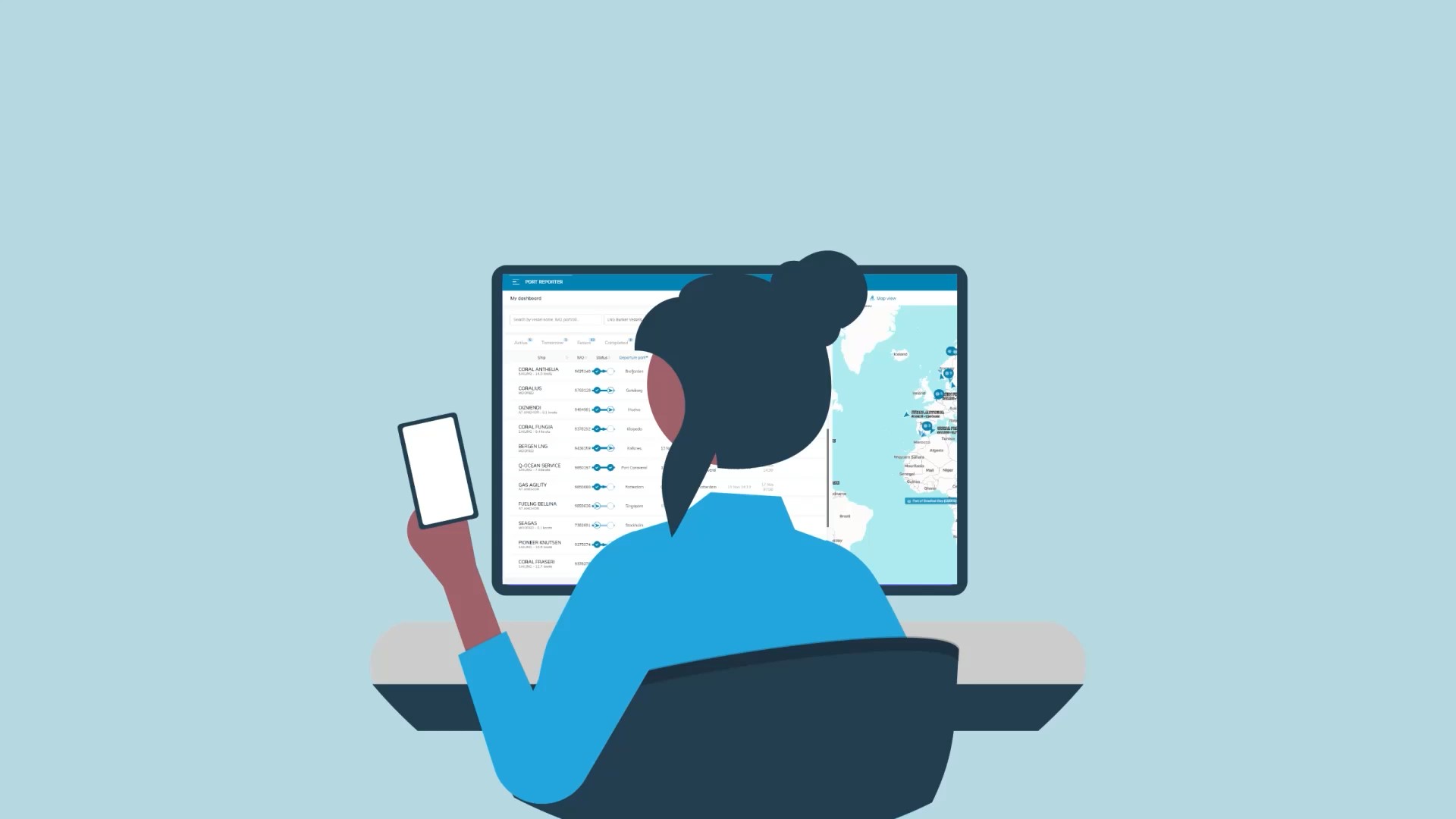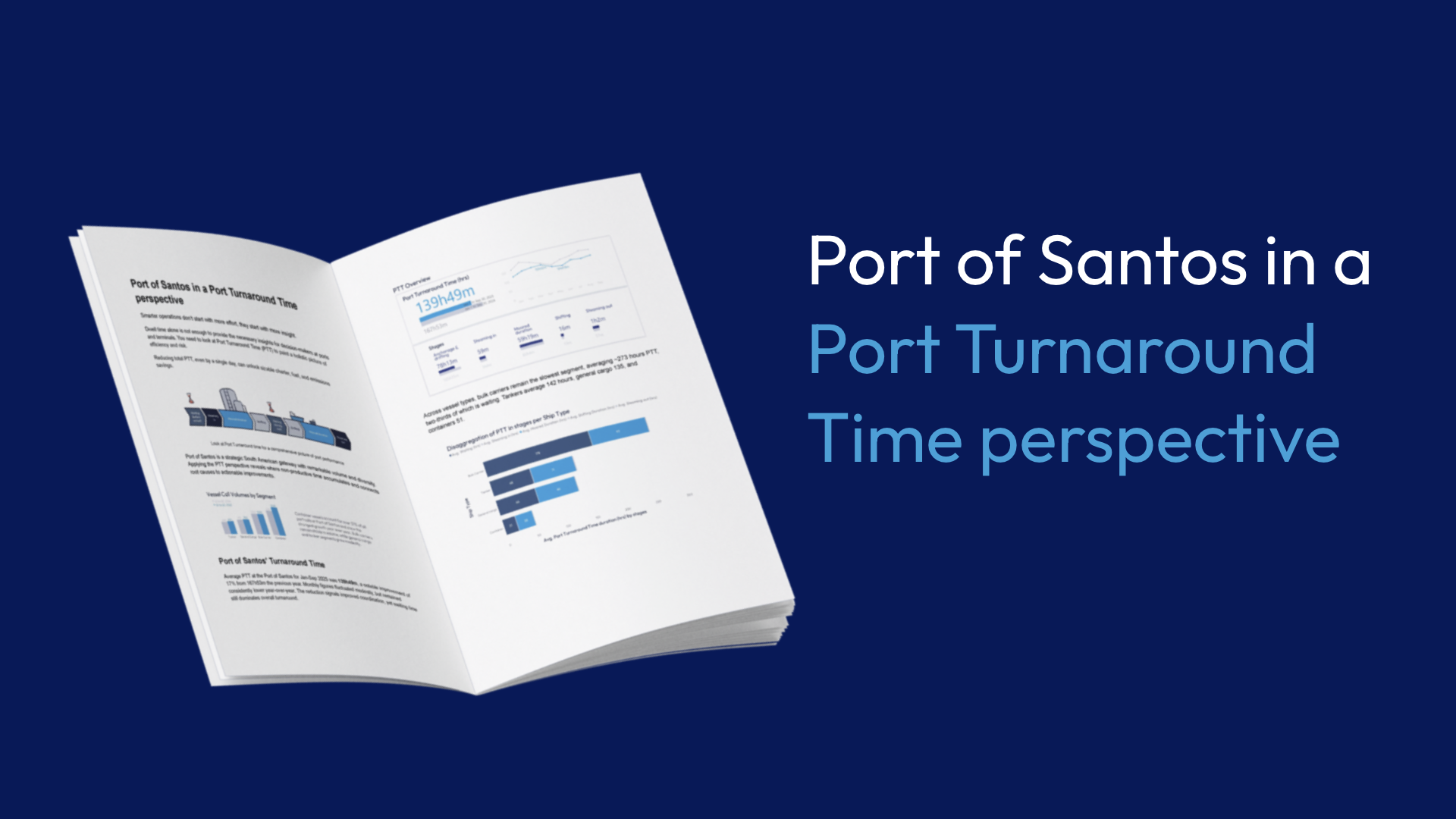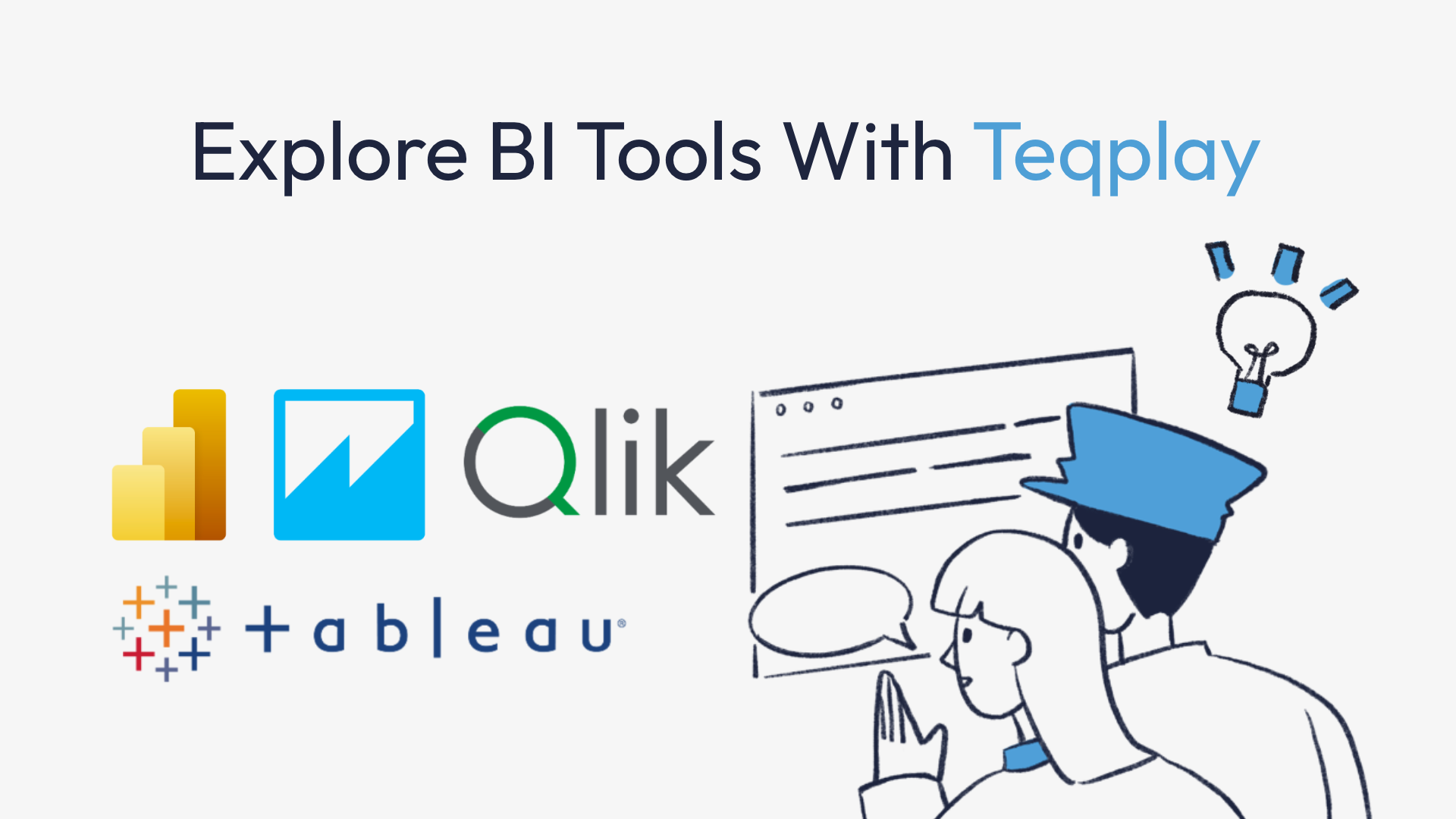The port call process
The port call process can be quite complex, involving many varying events and port actors. The procedures are also different for each vessel and port, adding yet another layer of complexity. Understanding the port call process is an important first step toward port call optimization. It is also important that the data obtained from each port call is recorded and utilized effectively to support future decision making.
In a technical report, industry expert Mikael Lind divided the whole process into 3 main steps: arrival, port visit, and departure. Each step consists of sub-processes and events that can differ depending on the purpose of the port call.

Source: Mikael Lind
Port calls are never one-time events, as ports always need to be ready for the next vessels. This is what makes the process complicated, as events converge and planning becomes more complex, delays are difficult to avoid. In order to improve, digital transformation is necessary to not only support decision-making, but also reduce time-consuming tasks to a minimum.
The ultimate goal of port call optimization is the creation of a smart port, where every aspect of port activities are as efficient as possible. To achieve this goal, there needs to be a reliable data infrastructure that serves as the foundation to the optimization process. Standardization of data sharing and collaboration are both crucial in this step, and so is an accurate overview of events.
Timeline of a port call
It is essential that port actors have the right context to base their decisions on, and a comprehensive view of a port call is one of the most important elements in providing the necessary context:
A good tool provides stakeholders with not only awareness of every step in the port call, but also important alerts that enable timely interventions when needed. Through the help of digital tools, this information can be uniformly shared among all parties involved, ensuring seamless coordination and reducing the risk of errors.
By making use of tools such as Port Reporter (as seen in the video), port actors will have an easier time remaining in control of the ports and ensure awareness of all happenings, anytime and anywhere. The first step toward optimizing port calls is to utilize the right technology effectively. Such digital tools are not only useful for viewing events, they are also invaluable sources of information that allow better predictive capabilities and planning. The goal is to build a quality digital twin that accurately reflects the reality of port activities and assist port authorities in managing maritime processes.

Mai Zaki | Account Manager at Teqplay
Passionate about #portcall, #supplychain, #optimization, #digitalinsights, and the #maritimeindustry.
- +31 (0)6 20478530
- mai@teqplay.com
- Mai Zaki




